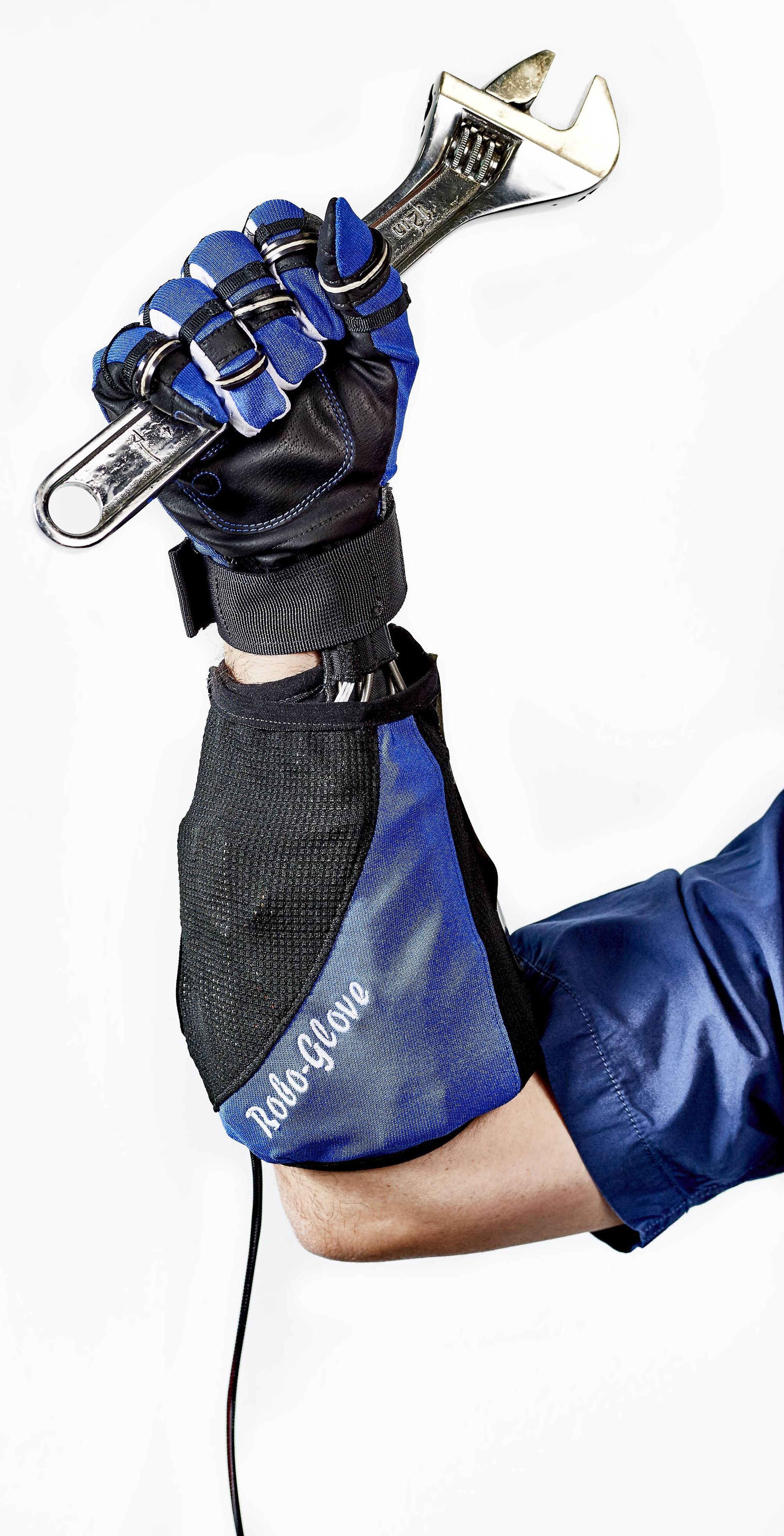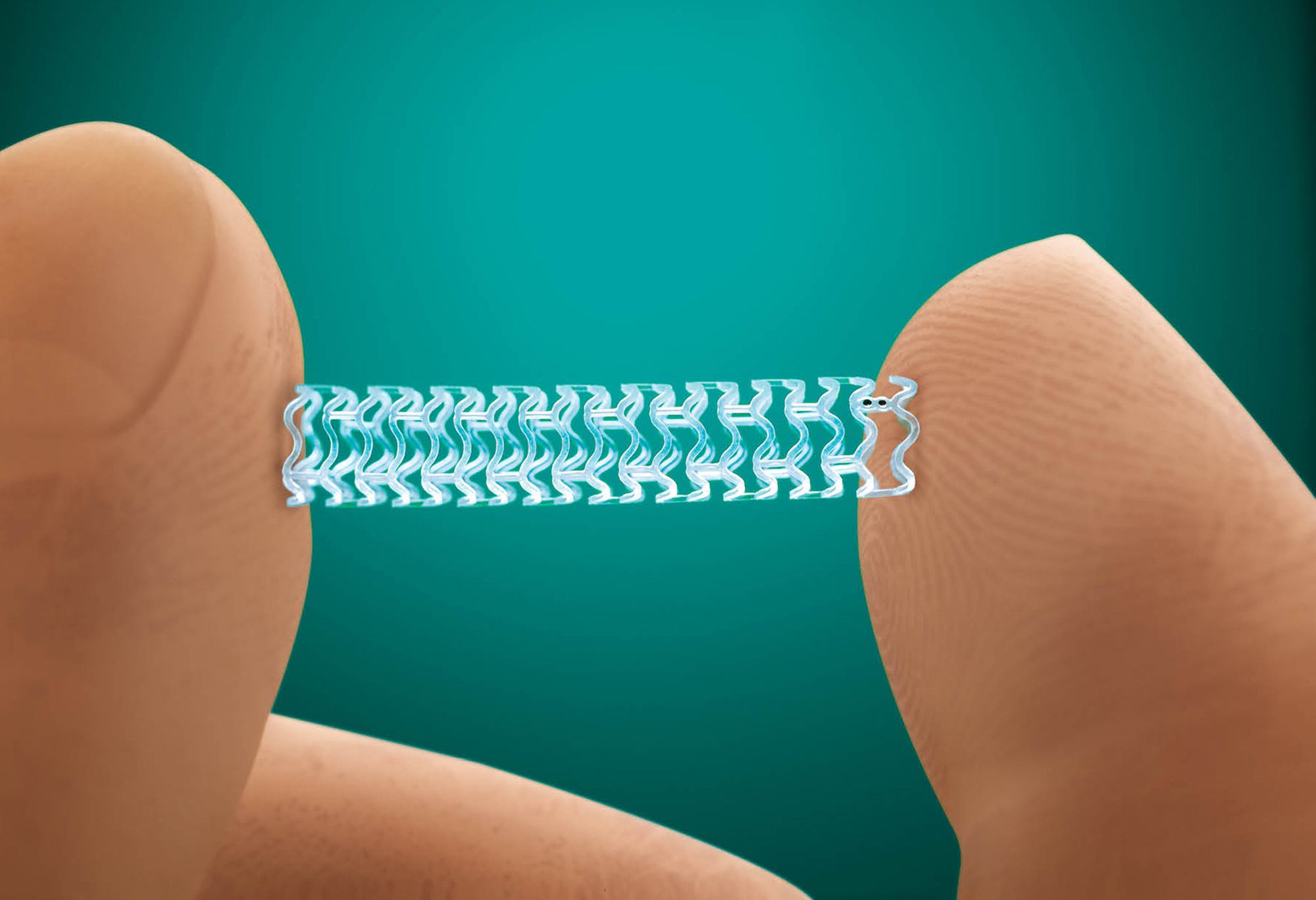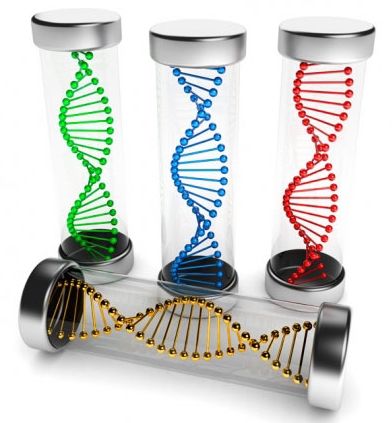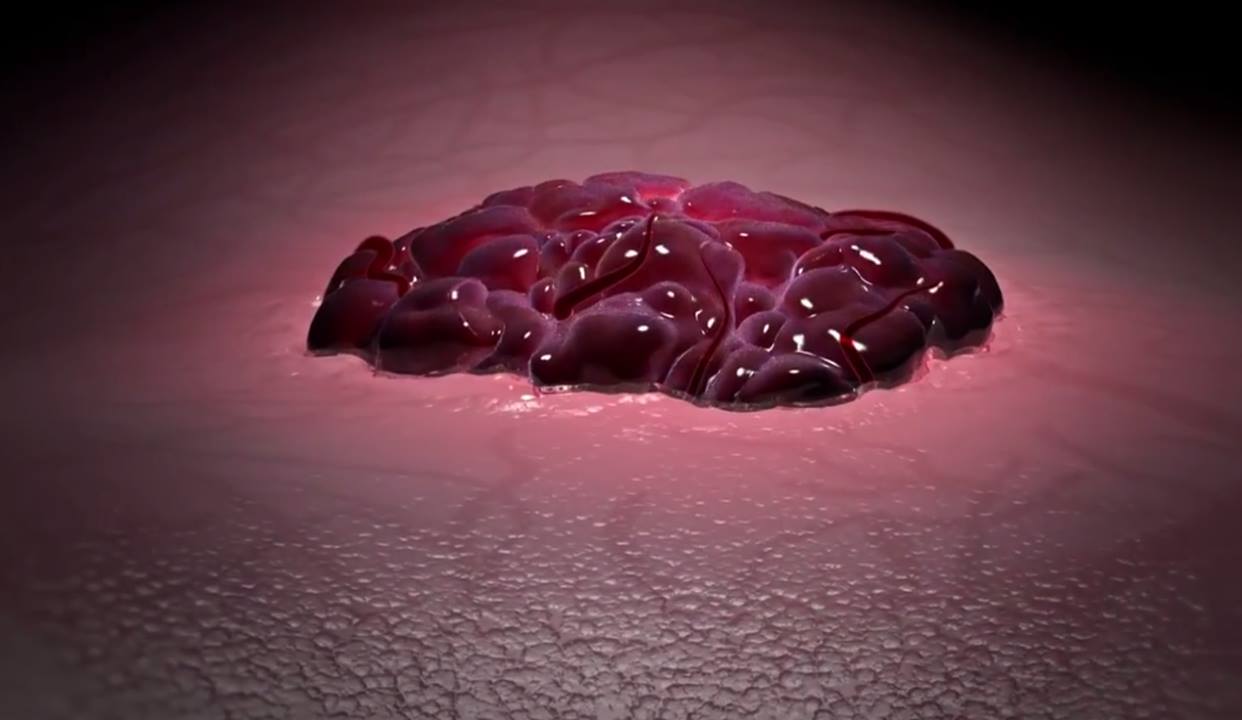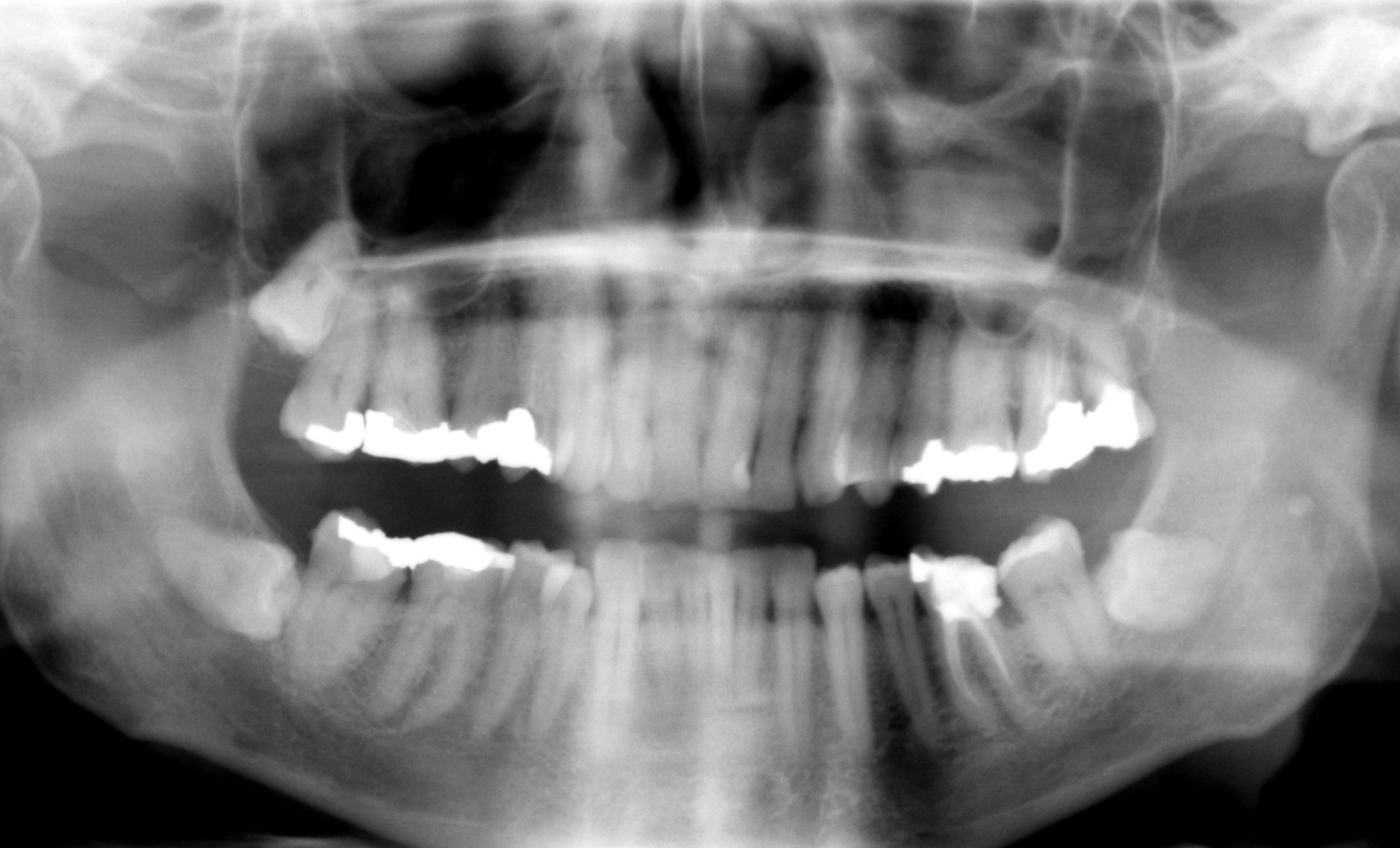A special form of RNA called extra-coding RNA controls the careful targeting to add or remove methyl groups to chromosomal DNA of the adult neuron. The ecRNAs are fundamental regulators of DNA methylation patterns in the adult brain through interaction with DNA methyltransferase enzymes and are involved in creation of memories.
Category: biotech/medical
Robots so small they can enter the bloodstream and perform surgeries are one step closer, a research team from Monash University has discovered.
Led by Dr Zhe Liu, the Monash Engineering team has focused on graphene oxide — which is a single atom thick — as an effective shape memory material.
Graphene has captured world scientific and industrial interest for its miracle properties, with potential applications across energy, medicine, and even biomedical nano-robots.
Nice.
July 1, 2016 – C-RAD has received an order from its Chinese distributor for Catalyst™ and Sentinel™ systems, to be installed at leading cancer centers in China. The order has a total value of approximately 7.6 MSEK.
The Catalyst™ systems will be installed on Varian True Beam™ and Elekta Versa HD™ linear accelerators. The systems are delivered in different software configurations containing software modules for Patient Setup and Positioning and Respiratory Gating, including respective interfaces for communication with the treatment system. The interfaces allow a seamless integration for patient synchronization and an automated patient setup and beam control to treat tumors that may be moving due to respiratory motion.
General Motors is working with NASA and medical technologies company Bioservo to develop a battery-assisted robotic glove that can be used in assembly plants.
The technology was initially developed from a partnership between GM and NASA that resulted in RoboGlove, a force-multiplying tool that looks like a large electrified work glove.
The RoboGlove uses sensors and actuators comparable to the nerves, muscles and tendons in a human hand.
Glad it has been approved. This would have been great for BMI technology as well; however, FDA limits it to only treat clogged arteries.
WASHINGTON (AP) — A medical implant that slowly dissolves into the body could be the answer to long-standing safety concerns with devices used to treat clogged arteries.
But not so fast, say experts.
Abbott Laboratories’ newly-approved Absorb stent comes with one important caveat: it hasn’t yet been shown to be safer than older metal implants.
A newly published study details how engineers developed programmable RNA vaccines that work against Ebola, H1N1 influenza, and a common parasites in mice.
MIT engineers have developed a new type of easily customizable vaccine that can be manufactured in one week, allowing it to be rapidly deployed in response to disease outbreaks. So far, they have designed vaccines against Ebola, H1N1 influenza, and Toxoplasma gondii (a relative of the parasite that causes malaria), which were 100 percent effective in tests in mice.
The vaccine consists of strands of genetic material known as messenger RNA, which can be designed to code for any viral, bacterial, or parasitic protein. These molecules are then packaged into a molecule that delivers the RNA into cells, where it is translated into proteins that provoke an immune response from the host.


